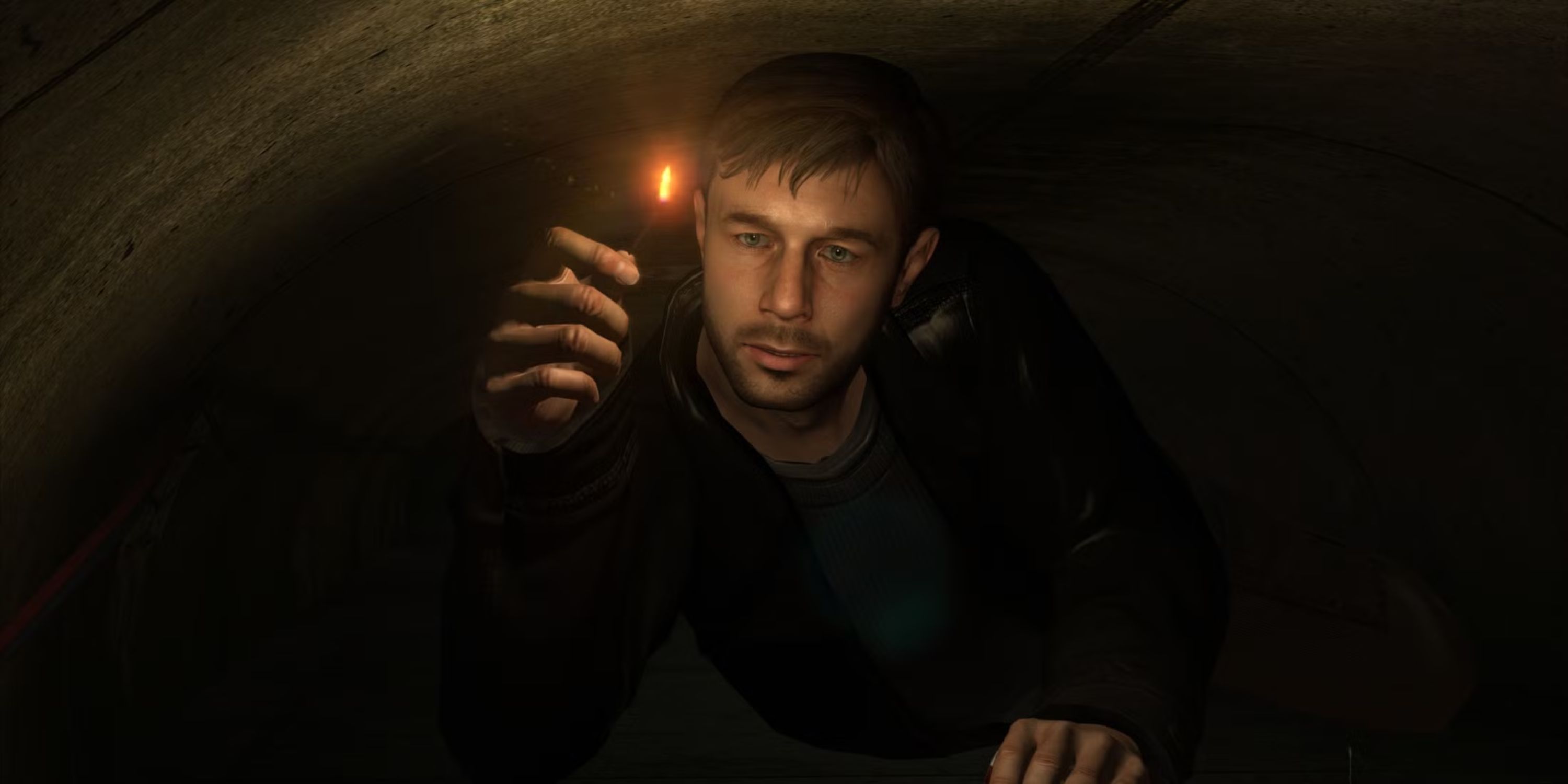Best Story-Driven Games With Multiple Endings
Description

Some stories are meant to be told once. Others refuse to sit still. In these games, endings are more like branches than full stops. Every major decision carries weight, shaping not just how the story unfolds but what kind of person the player ends up becoming by the time the credits roll.
Whether it’s a life-or-death choice, a quiet act of mercy, or simply the order in which something is done, these games don’t just offer multiple endings. They demand players earn them. Here are the story-driven games where one playthrough only scratches the surface, and where finishing once often just means it’s time to start again.
Undertale
The True End Isn’t Always The Best One
Toby Fox’s Undertale isn’t just beloved for its quirky humor or 8-bit charm. It earned its cult status because it made players question everything they’d ever learned about RPGs. The entire point is to not do what every other RPG tells players to do. And depending on whether someone goes in swinging or walks the pacifist path, the story responds accordingly, sometimes subtly, sometimes with brutal clarity.
Each route shifts tone entirely. The so-called “neutral” ending is almost never the same twice, shaped by dozens of small choices. But it’s the Genocide and True Pacifist runs that showcase the full spectrum of the narrative. One rewards empathy. The other punishes violence with disturbing intensity. And once players see all three, Undertale becomes something else entirely: a game that remembers, judges, and refuses to forget.
Pathologic 2
When Survival Is A Performance, And Everyone’s Watching
There are games that give players a few different outcomes depending on their decisions. Then there’s Pathologic 2, which asks them to survive twelve days in a dying town while juggling trust, guilt, paranoia, and an immune system that gives up faster than it should. There’s no clean victory here. Just various flavors of failure.
Depending on how players manage resources, who they save, and how they deal with the plague-devouring reality around them, the ending changes, not as a neat reward, but as a consequence. It isn’t about collecting good or bad choices. It’s about how many lines players are willing to cross before the city chokes to death. And sometimes, even the right decision is the wrong one.
Chrono Trigger
Time Travel Is Fun Until It Isn’t
In Chrono Trigger, time travel isn’t a backdrop, it’s the mechanic that makes the story explode with possibility. And that story has endings tucked behind every timeline crack and chronological detour. There are over a dozen of them, some hilarious, some heartbreaking, and some locked behind obscure but brilliant choices.
One of the most memorable features is how players can face the final boss at nearly any point in the game. Doing so early, late, or under different conditions produces drastically different results. And because of New Game+, returning with endgame power to explore alternate paths becomes part of the fun. It’s not just replayable. It’s recursive, constantly asking players to imagine what might have happened if they had just done something slightly different.
The Quarry
Teens In Horror Movies Have A Terrible Survival Rate
At first glance, The Quarry plays like every other horror movie ever: a group of teenagers stuck in the woods, too many secrets, not enough common sense. But Supermassive Games built it with a branching narrative web so intricate that hundreds of different scene combinations can play out depending on player choices.
Any of the main characters can die or survive, and their relationships with each other shift moment to moment. Dialogue decisions, missed quick-time events, even the items players pick up and carry across chapters; everything factors into the ending. And it doesn’t just come down to who’s left standing. Sometimes the most gut-wrenching outcome isn’t death, but what a character has to live with.
Heavy Rain
It’s Raining, It’s Pouring, Everyone’s Morally Conflicted
David Cage’s Heavy Rain came out swinging with a tagline that felt like a challenge: How far would you go to save someone you love? Four playable characters, one serial killer mystery, and countless variables made sure that there was no singular answer.
The way the story shifts is ruthless. A single misstep can kill a main character, permanently altering the investigation. Entire scenes can vanish or play out differently based on earlier decisions. And while the origami killer’s identity remains fixed, how the story ends varies wildly. Justice, revenge, redemption, or total collapse; it all depends on whether players manage to juggle tension, trauma, and time before the rain washes it all away.
Until Dawn
Until The Dawn, Every Choice Hurts
What separates Until Dawn from other narrative games isn’t just its horror setting, but how smartly it leans into genre expectations. It uses slasher tropes as bait, then hands players control of all eight main characters and watches them try to keep everyone alive until sunrise.
Its biggest narrative gimmick, the Butterfly Effect, means that tiny actions can spiral out into massive consequences. A missed high-five, a lie told too soon, or walking down the wrong hallway might lead to someone getting decapitated three hours later. And while the plot always reaches a conclusion, what that conclusion looks like depends entirely on player reflexes, judgment calls, and nerves of steel.
Detroit: Become Human
Choice Isn’t Just Cosmetic. It’s The Story.
In Detroit: Become Human, every conversation, every interaction, and every decision spins the story off in a new direction. And with three playable protagonists, each on vastly different paths, the web of possible endings gets tangled in all the right ways. Characters who die in one timeline become revolution leaders in another.
The game doesn’t shy away from hard questions. It presses on ideas like freedom, morality, and what it means to be alive. And it doesn’t handhold either. A moment of hesitation during a negotiation or a misread during an interrogation might permanently alter a character’s arc. What makes it stand out is how thoroughly every decision is tracked, reflected in a post-chapter flowchart that shows just how many paths were not taken. And that alone keeps players coming back.




